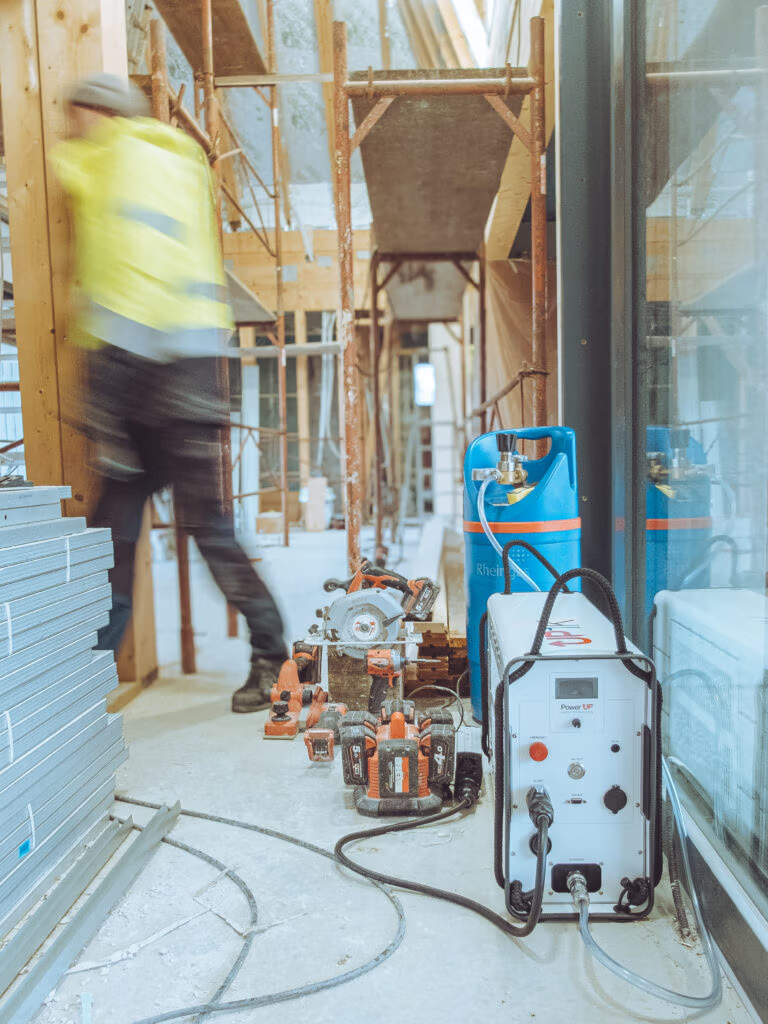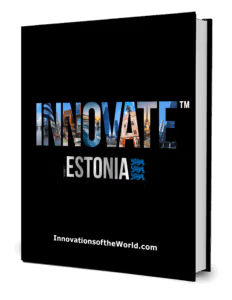While the concept of a “hydrogen economy” has been a topic of political discourse and future-gazing for years, one Tallinn-based company is demonstrating that for many applications, the future is already here. PowerUP Energy Technologies, founded by scientist and entrepreneur Ivar Kruusenberg, is moving beyond theoretical promise and deploying certified hydrogen fuel cell generators to solve pressing, real-world energy challenges today.
The company is carving out a critical niche by providing clean, silent, and reliable backup power, directly challenging the long-held dominance of noisy and polluting diesel generators. In a world grappling with aging electrical grids, increased digitalization, and stricter environmental regulations, the demand for robust energy resiliency has never been higher.
“Here I would say clearly the future is now,” says Kruusenberg. “The generators which we have are ready. They are certified and they are in use in medical centers, under telecom towers, in the hands of people working in the defense industry.”
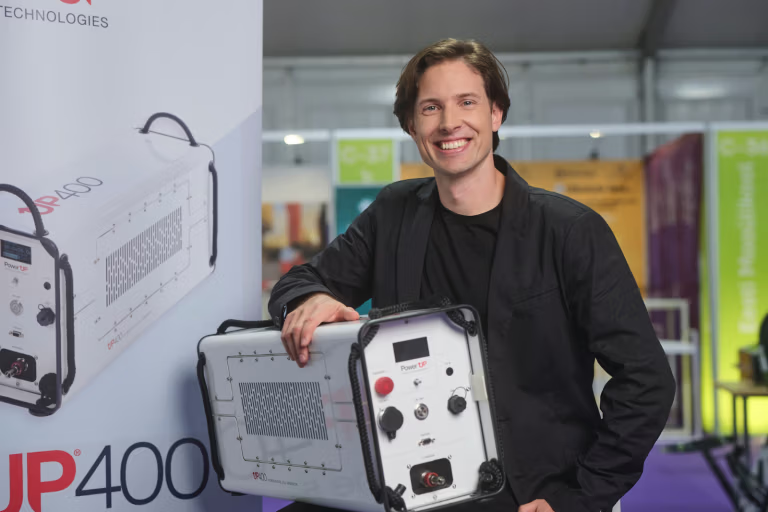
PowerUP’s core mission is to provide resiliency where it is most needed. As the world becomes more electrified – driven not just by electric vehicles but by the massive energy demands of data centers and even air conditioning – the strain on national grids is leading to more frequent power outages. For critical infrastructure, this is not a mere inconvenience; it’s a crisis.
PowerUP’s hydrogen fuel cell generators function as an on-demand power source. The core of their technology is an electrochemical process that combines hydrogen from an external tank with oxygen from the air to produce electricity, with the only byproduct being pure water. This process is highly efficient, generates zero emissions, and operates with minimal noise, making it ideal for sensitive environments like hospitals, residential areas, and defense applications. The generators are scalable, ranging from portable units for individual use to larger systems capable of powering entire data centers, providing a versatile alternative to traditional diesel generators.
Kruusenberg points to new regulations pushing telecommunication companies to extend their backup power capabilities from a few hours to 72 hours, a requirement that is difficult and costly to meet with diesel. Furthermore, many cities are now banning diesel generators outright due to noise and air pollution. This is the gap PowerUP’s technology fills.
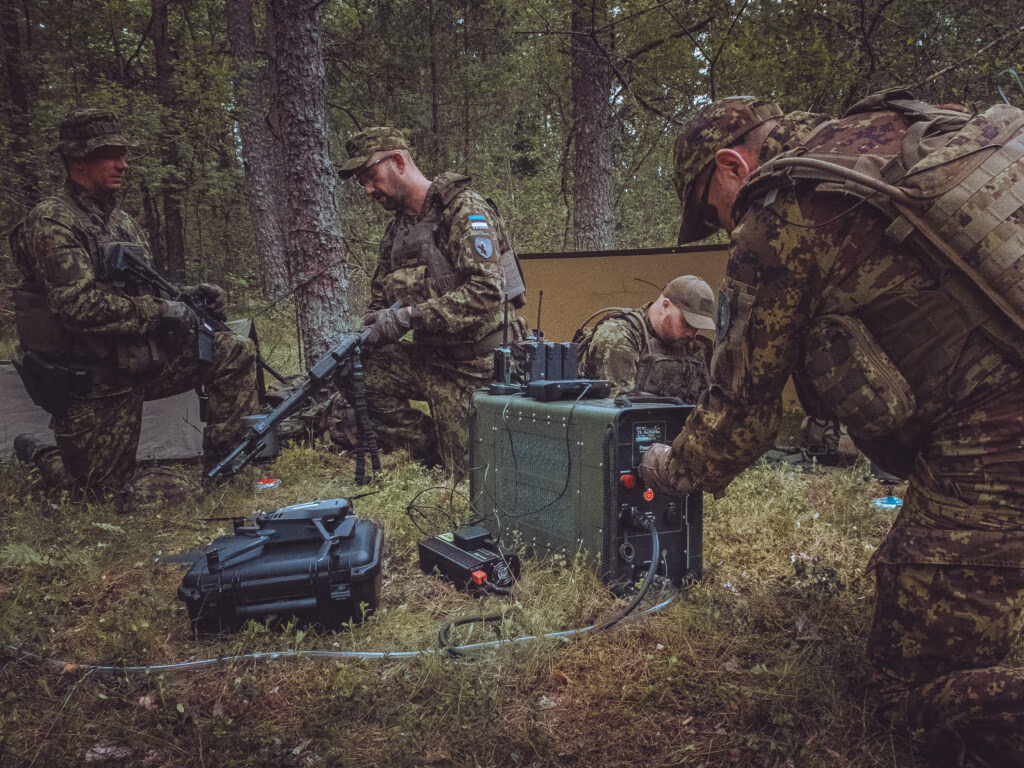
“We need to keep the mobile network running. We need to keep the vaccines refrigerated,” Kruusenberg explains. “For that, we need to have power. And hydrogen power is definitely one of the really, really good options.
While the hydrogen industry at large has seen both massive government-backed projects and some high-profile setbacks from incumbent oil companies hydrogen projects, Kruusenberg views this as a natural market correction. He argues that successful hydrogen implementation hinges on overcoming its single biggest hurdle: transportation.
“Everyone who is more familiar with hydrogen knows that one of the biggest challenges is not the production, not the end usage of hydrogen, but is the transportation of hydrogen,” he notes. This reality means that large-scale production plants built thousands of kilometers from industrial consumers are not viable.
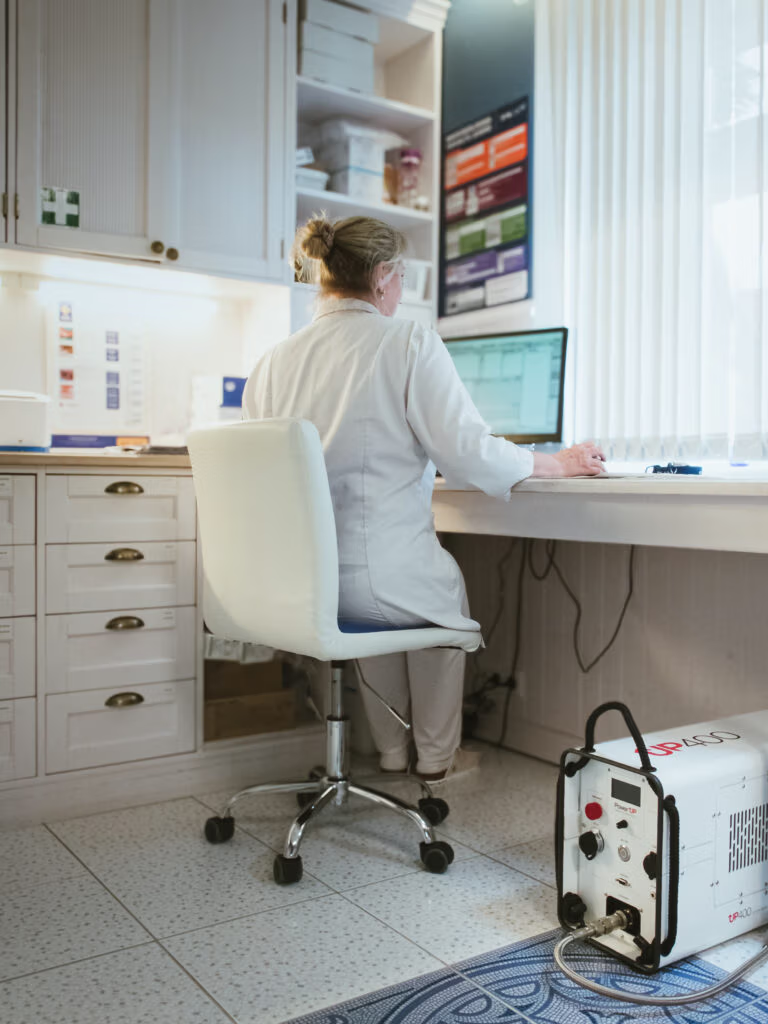
The solution, he explains, is twofold. For local and regional needs – up to a 500-kilometer radius – compressed hydrogen transported in standard, widely available gas cylinders is an efficient and existing commodity. To solve this challenge for its clients, PowerUP has established a partnership model with industrial gas companies, who manage the logistics of delivering these hydrogen cylinders directly to the end-users. This strategic collaboration allows PowerUP’s customers to access a reliable supply of fuel without having to build their own complex hydrogen infrastructure, simplifying the transition to clean energy. For long-distance transport, such as from production hubs in the Middle East to Europe, converting hydrogen to liquid ammonia and back again is the most practical method.
For Estonia and the wider Baltic region, developing a local hydrogen ecosystem is a matter of profound strategic importance.
“It’s definitely a resiliency question because if we look into markets in Estonia and around us, we are not capable of producing any fossil fuels here,” Kruusenberg says. “The only fuel we can easily produce ourselves is hydrogen.”

This push for energy independence is already bearing fruit. Estonia has invested €50 million in green hydrogen production. Private companies are investing in hydrogen trucks, and small-scale hydrogen production is already happening in Tartu and on local farms. These decentralized “micro smart grids” – combining solar or wind with on-site electrolysis, battery storage, and a fuel cell generator – represent a blueprint for future energy security, applicable to rural communities and defense operations alike.
Looking ahead, Kruusenberg believes the momentum is unstoppable. The shift towards hydrogen-powered technologies is accelerating in sectors like trucks, trains, and buses. For PowerUP, the growing regulatory pressure and the undeniable need for dependable, clean energy will continue to fuel its growth.
“We aren’t just selling a product; we are delivering a digital-age solution to an industrial -age problem, marking a decisive step away from the fossil fuels of the 19th century.” said Kruusenberg.
